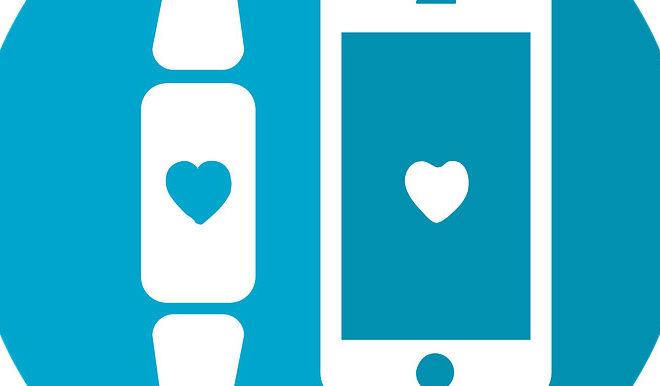4 Things to Consider while Upgrading your EHR
As technology advances transform the medical industry, Electronic Health Records (EHR) are enabling healthcare organizations to address the complex nature of medical care and the surplus of medical information that is overwhelming doctors’ capability to treat patients. According to a report by Gartner, CIOs consider EHRs as the single most important factor to differentiate service and win. By offering end-to-end visibility into a patient’s overall health and making it easy to share critical patient health data with other healthcare providers such as laboratories and specialists, EHRs benefit all the stakeholders in a patient’s care cycle in more ways than one. EHRs not only facilitate smooth information flow between different medical institutions but also help in reducing the chances of medical errors thereby leading to improved healthcare. Do you know? Medical errors are the third leading cause of death – after heart disease and cancer and cost hospitals $19.5 billiona year.
Things to Consider while upgrading your EHR
No matter how comprehensive and feature-rich your existing EHR may be, with technology advances and the increasing demands of the industry, upgrades are inevitable. Although the reasons for an upgrade can be many – current EHR system is devoid of some key features, it might have reached its end-of-life, or it does not meet new compliance requirements – successful upgradation requires you to take a thorough account of both the technological and the human aspects. This includes finding the right EHR designed to meet your unique needs, ensuring a proper implementation and training your staff to ensure a smooth transition and widespread adoption. Since EHR upgrades bring with them a high level of anxiety and disruption, careful preparation and attention to detail are vital.
Here’s a list of things you should consider while upgrading your EHR and ensuring it is a success:
Evaluate new features
As EHR technology becomes more and more sophisticated, records become much more than a simple medical file. They bring with them a high degree of specificity and comprehensiveness that was previously unheard of. Therefore, when it comes to choosing an EHR system upgrade, evaluate the new features and make sure your current data inputs will continue to streamline the usability. If your organization doesn’t currently use an EHR system, it makes sense to discuss the importance with your staff and evaluate what they need before you select a new system. If you already have an EHR in place, consult with them to find what new features will help them in doing their jobs better before you make a decision about upgrading the software.
Check your existing system for compatibility
While you might want to upgrade your current EHR to benefit from the plethora of new and improved features and capabilities, it doesn’t necessarily mean your existing system will pave the way. Checking compatibility — including existing hardware, reporting structures, and backups — with existing technology systems is extremely important. Since existing systems are very often legacy systems that aren’t powerful enough to permit integration, conducting a thorough evaluation of your current systems to see if it can handle and support the upgrade is vital. Also, checking if peripheral devices and other systems will continue to function properly with the upgraded system is important.
Thoroughly test the new system
In order to get the most of the upgraded system, you need to build in sufficient time for testing of the new system before you integrate it into your daily operations. Testing can help in identifying potential issues, as well as zeroing in on hidden pain-points, such as maintaining interoperability during the transition between the old and new system. A thorough testing of the new system minimizes the chances of error, identifies additional requirements that may be required, and provides an excellent training opportunity for the end-users. Including end-users in the testing process can enable them to understand the changes and gain working knowledge of the new system.
Make training a priority
If your healthcare organization has little or no experience in using the latest features in the EHR system, users will need a significant amount of time to learn about the system and get familiarized to using it in their daily tasks. Checking for availability of training materials and reviewing operation manuals and training instructions is important to ensure a smooth transition from a legacy system to a smart system. Enable your end-users to understand the current workflows and train them on how the new system will help them in doing their jobs better. Educate them on how the new system will address current issues, and how it can help in boosting healthcare outcomes. A clear understanding of the functionality of the new system and how it relates to your organization’s existing workflow is essential to realize the real benefits of the new system.
Cater to Industry Demands
As technology become an integral part of healthcare organizations, the benefits of using an EHR have become increasingly clear. According to a report, the global healthcare spending on EHR technology is expected to reach over $30.2 billionby 2020. By inputting storing and retrieving important patient data for a variety of purposes, hospitals can realize great savings in time and effort, and achieve greater speed and efficiency. Whether your hospital is new to using an EHR or you have been using it for a while, understanding the needs and concerns of your staff, evaluating new features, examining your existing system, checking for compatibility, testing the new system and training your users can help you in catering to the growing demands of the industry as a whole.




